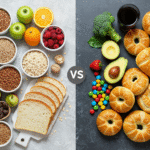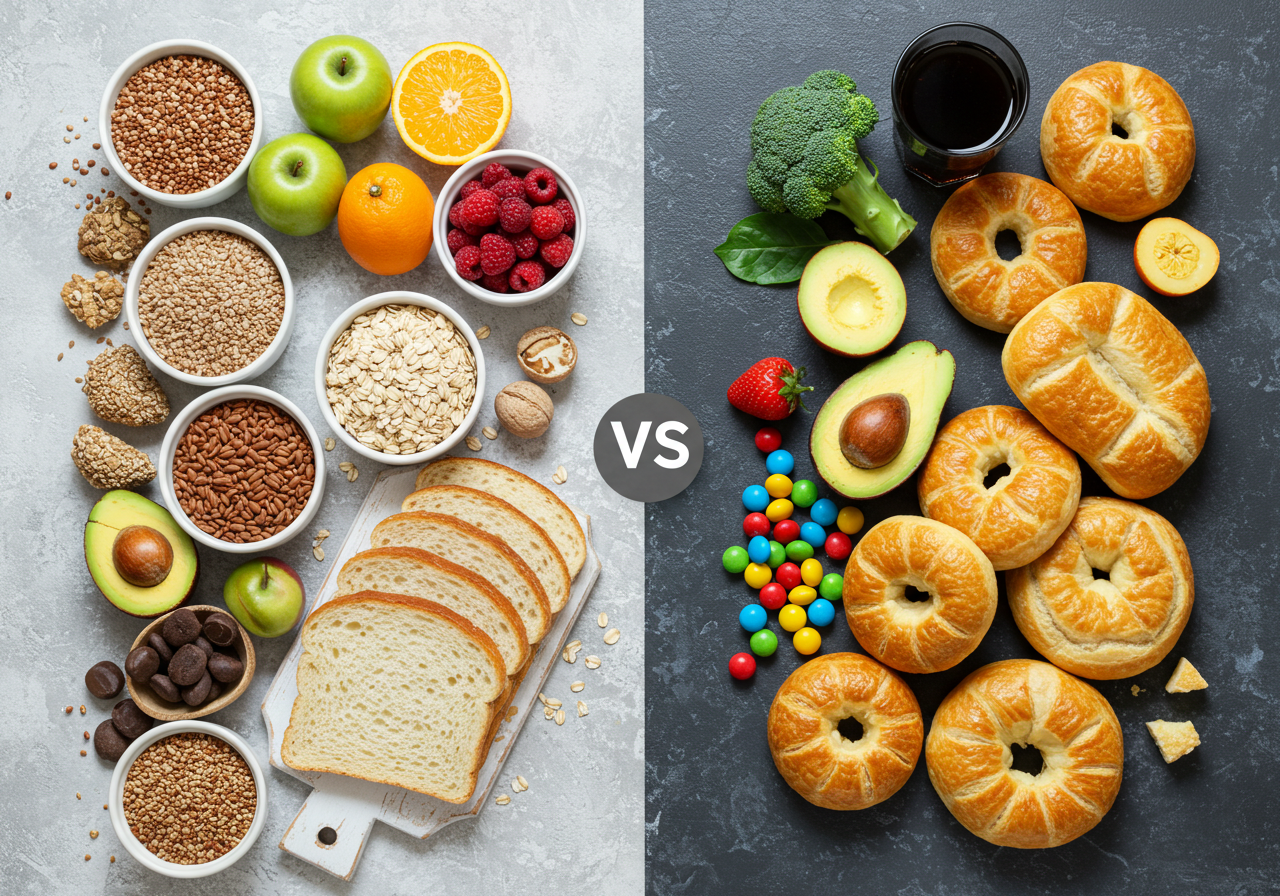Nutrition labels can be overwhelming at first glance, but learning how to read them properly is a valuable skill for making healthier food choices. Once you know what to look for, you can quickly decide whether a product fits your nutritional needs. Here’s a simple guide to help you read nutrition labels like a pro.
1. Start with the Serving Size
The serving size tells you how much of the food the nutrition facts apply to. It’s the first and most important detail to notice.
What to check:
- Compare the serving size to how much you actually plan to eat.
- All the numbers on the label are based on this amount.
If you eat more or less, you’ll need to adjust the calories and nutrients accordingly.
2. Look at the Calories
Calories indicate how much energy you’ll get from one serving of the food.
What to check:
- Notice how many calories are in one serving.
- Be aware of “calorie-dense” foods that offer a lot of calories with little nutritional value.
Use this number to stay within your daily energy needs.
3. Review the Macronutrients
These are the main nutrients your body needs: fat, carbohydrates, and protein.
Fat:
- Includes saturated and trans fats.
- Try to limit saturated fat and avoid trans fat when possible.
Carbohydrates:
- Includes fiber and sugars.
- Look for foods high in fiber and low in added sugars.
Protein:
- Essential for muscle repair and feeling full.
- Aim for a good balance based on your dietary needs.
4. Check the Added Sugars
Many packaged foods contain added sugars, which can contribute to weight gain and other health issues.
What to check:
- Look for the line labeled “Added Sugars.”
- The lower the number, the better—especially in snacks, cereals, and drinks.
Natural sugars (like those in fruit or milk) are not the same as added sugars.
5. Pay Attention to Sodium
Too much sodium (salt) in your diet can raise blood pressure and increase the risk of heart disease.
What to check:
- Choose products with less than 140 mg of sodium per serving when possible.
- Be especially cautious with canned foods, sauces, and frozen meals.
6. Read the Ingredient List
Ingredients are listed in order by weight, from most to least.
What to check:
- Look for short, simple ingredient lists.
- Watch out for hidden sources of sugar and sodium under different names (like “high fructose corn syrup” or “monosodium glutamate”).
If you can’t pronounce many of the ingredients, it may be heavily processed.
7. Understand the Daily Value (%DV)
The % Daily Value shows how much of a nutrient is in one serving compared to the recommended daily amount.
What to check:
- 5% or less is considered low.
- 20% or more is considered high.
Use these percentages to guide your choices—for example, look for high %DV of fiber, calcium, and iron, and low %DV of saturated fat and sodium.











Leave a Reply